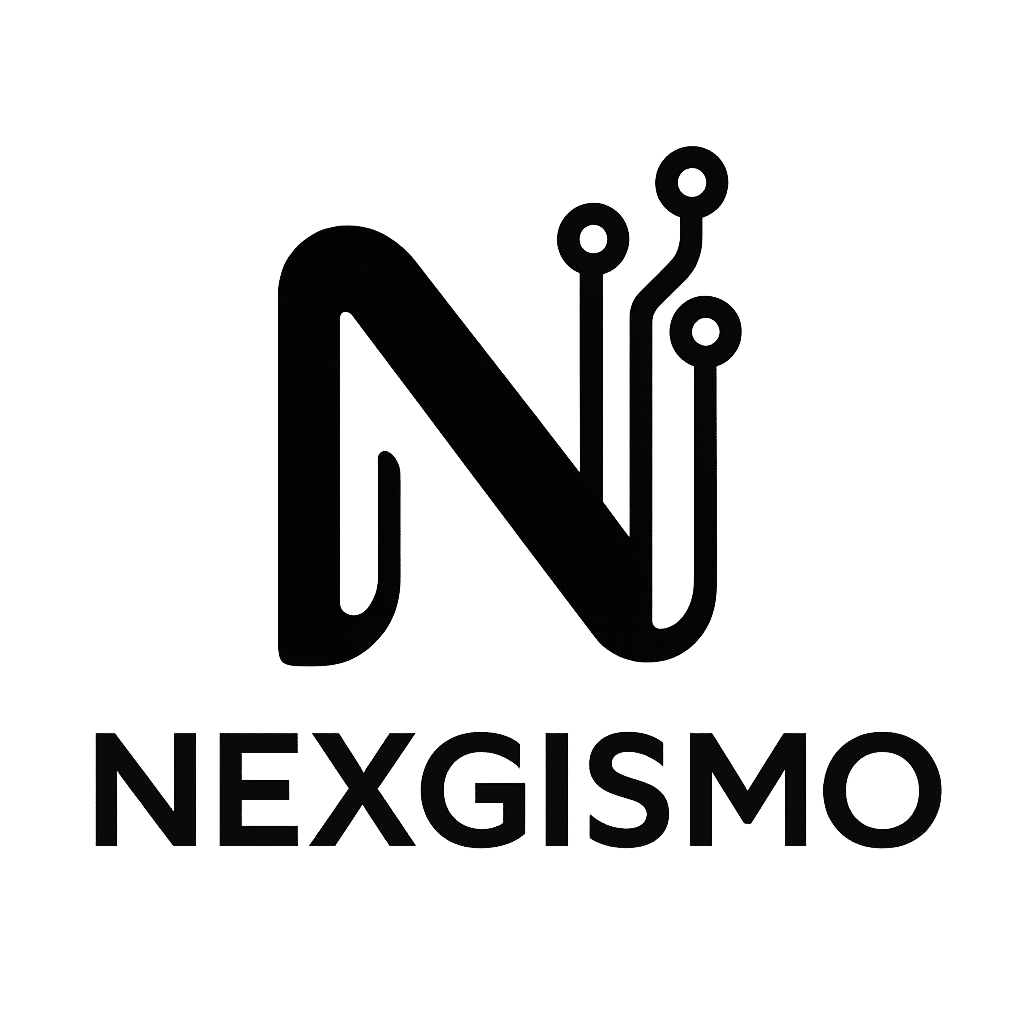
SEO Is Dead, Meet RAO: The AI Hack That’s Replacing Google Search Forever
Let’s be real for a second — when was the last time you clicked on the 10th result of a Google search? Or scrolled through page 2? Probably never. That’s because search has changed, and so have our expectations and here RAO comes.
Once upon a time, Search Engine Optimization (SEO) ruled the digital world. It was all about crafting the right keywords, writing content around search intent, getting backlinks, and hoping Google’s algorithm played nice. But in a world where ChatGPT gives answers, Perplexity summarizes research, and AI assistants write your emails, keyword-stuffed blog posts just don’t cut it anymore.
Table of Contents
Enter RAO: Retrieval-Augmented Optimization
RAO stands for Retrieval-Augmented Optimization. It’s a new-age approach built for the AI-driven world. If SEO was about optimizing for Google, RAO is about optimizing for AI agents — making your content discoverable, retrievable, and contextually useful by Large Language Models (LLMs) like GPT, Claude, or Gemini.
Real-life analogy:
Think of SEO as yelling “Hey! Over here!” on a busy street hoping Google hears you. RAO is more like having your number saved in the AI’s contacts — so when someone asks for a recommendation, you get the call.
Why SEO Doesn’t Work Like It Used To
Let’s break this down with a few examples:
- You search for “best running shoes” → You get a wall of affiliate blogs, comparison tables, and ads.
- You ask ChatGPT the same question → You get an actual, helpful summary with options tailored to your needs.
Which one feels more like the future?
Search engines are becoming less like directories and more like answer engines. And when answers are being generated by LLMs, you need to ensure your content can be retrieved and trusted by those models.
What Is Retrieval-Augmented Optimization (RAO)?
RAO is about feeding your content into AI-friendly systems:
- Storing your content in vector databases like Pinecone, Weaviate, or Amazon Bedrock.
- Structuring information so that it can be retrieved via embeddings, not just keywords.
- Making your content accessible through RAG pipelines (Retrieval-Augmented Generation).
- Optimizing for trustworthiness and factual consistency.
It’s not just SEO 2.0. It’s a whole new stack.

Let’s Take a Real Example
Say you’re a cybersecurity company with dozens of whitepapers, blogs, and case studies. Traditionally, you’d optimize those pages for keywords like “SOC automation” or “SIEM tools”.
But with RAO:
- You chunk your documents into semantically meaningful parts.
- Convert them into embeddings.
- Store them in a vector DB.
- Let an AI model like GPT query them with natural language.
So when someone asks: “What’s the best approach to automate incident response for a mid-sized bank?”, your paper from 2023 gets pulled — not because of keywords, but because it actually answers the question.
How Enterprises Are Already Using RAO
- Netflix: Uses vector search to recommend content not just based on tags, but based on scenes, mood, and user behavior.
- Amazon Bedrock: Enables companies to build RAG-based apps where internal documentation becomes instantly searchable via natural queries.
- Notion AI: Summarizes your workspace using RAG and embeddings — pulling notes and documents that match your intent.
What About Google?
Yes, Google is evolving too. Search Generative Experience (SGE) is their response to LLM-based querying. But here’s the kicker: even in SGE, Google uses retrieval-based techniques under the hood. So if you’re still stuck writing for page titles and meta descriptions, you’re missing the big shift.
How to Get Started with RAO
- Audit your content: Is it fragmented? Redundant? Can it answer real questions?
- Embed your knowledge: Use tools like OpenAI Embeddings, Cohere, or LangChain to vectorize your documents.
- Use a vector DB: Pinecone, Qdrant, Weaviate, or even Elasticsearch with vector support.
- Build a RAG pipeline: Feed your data into an AI model that can retrieve and generate answers from it.
- Focus on factual depth: The more complete and high-quality your content, the better LLMs will surface it.
Final Thoughts: It’s Time to Rethink Content
You’re not writing for bots anymore. You’re writing for AI agents that decide what content gets shown, summarized, and trusted.
Forget fighting for the #1 spot on Google. Start aiming to be the #1 source AI reaches for.
Welcome to the era of RAO.
- SEO = optimize for Google
- RAO = optimize for AI agents
- Focus on vector DBs, RAG pipelines, and content quality
- Be the source, not just a search result
Want help building a RAO-first strategy? Let’s talk.
- PHP Streams Evolution: Upgrade That Makes Your Code 10X Faster
- Stop Building Broken Search: Use AI Embeddings with PHP to Unlock Semantic Power (10x User Experience)
- New in Symfony 7.4: Caching HTTP Client That Supercharges Your App’s Performance
- Fixing Drupal 502 Bad Gateway : The Hidden Cacheability Header Trap
- What is CDN? The Secret Behind Faster, Safer Websites
